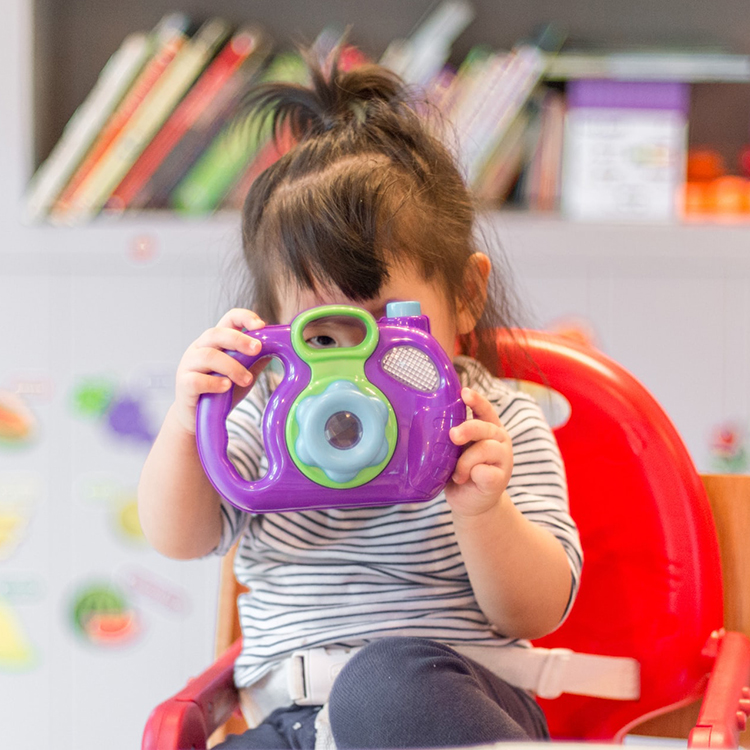Search
Research
REACH: study protocol of a randomised trial of rehabilitation very early in congenital hemiplegiaCongenital hemiplegia is the most common form of cerebral palsy (CP). Children with unilateral CP show signs of upper limb asymmetry by 8 months corrected age (ca) but are frequently not referred to therapy until after 12 months ca. This study compares the efficacy of infant-friendly modified constraint-induced movement therapy (Baby mCIMT) to infant friendly bimanual therapy (Baby BIM) on upper limb, cognitive and neuroplasticity outcomes in a multisite randomised comparison trial.
Research
Systematic Review and Meta-analysis: Early Irritability as a Transdiagnostic Neurodevelopmental Vulnerability to Later Mental Health ProblemsIrritability is a transdiagnostic indicator of child and adolescent internalizing and externalizing problems that is measurable from early life. The objective of this systematic review was to determine the strength of the association between irritability measured from 0 to 5 years and later internalizing and externalizing problems, to identify mediators and moderators of these relationships, and to explore whether the strength of the association varied according to irritability operationalization.
Research
The cost of respiratory hospitalizations in children with cerebral palsyTo establish the burden of respiratory illness in cerebral palsy (CP) on the Western Australian health care system by quantifying the costs of respiratory hospitalizations in children with CP, compared with non-respiratory hospitalizations.

Kids Rehab WA is an integrated team of clinicians and researchers who deliver and research therapies for children with acquired or congenital neurological impairments, leading to improved outcomes for children and their families.
Research
Active Strides-CP: Randomised trial of Intensive Rehabilitation (combined Intensive gait and cycling training) for children with moderate to severe bilateral cerebral palsyActive Strides-CP is an RCT assessing a new treatment for children with moderate to severe CP, combining intensive gait and cycling training to simultaneously address motor and participation outcomes.
Research
ENVISAGE – ENabling VISions And Growing ExpectationsENVISAGE is a validated evidence-based program of facilitated group workshops for parents and carers of young children, aged 0-8 years, with a newly identified disability or who have concerns regarding their child’s development.
Research
Antibiotics for the treatment of lower respiratory tract infections in children with neurodisability: Systematic reviewDetermine the optimal antibiotic choice for lower respiratory tract infection in children with neurodisability.
Research
Outcomes following intensive day rehabilitation for young people in Western AustraliaIntensive rehabilitation aims to improve and maintain functioning in young people who experience disability due to illness or injury. Day rehabilitation may have advantages for families and healthcare systems over inpatient models of rehabilitation.
Research
Profiling the Longitudinal Development of Babbling in Infants with Cerebral Palsy: Validation of the Infant Monitor of Vocal Production (IMP) Using the Stark Assessment of Early Vocal Development-Revised (SAEVD-R)We compared early vocal development in children "at risk" for cerebral palsy (CP) with typically developing (TD) infants aged 6 to 15 months using the SAEVD-R, investigating potential pre-linguistic markers of communication impairment. Additionally, we sought to examine the agreement between the SAEVD-R and IMP, which uses parent report, in identifying departure from typical vocal development in at-risk infants.
Research
Improving sport opportunities, participation, and experiences for children in out-of-home care: A mixed-methods studyParticipation in sport is associated with a range of physical, psychological, and social benefits. However, children in out-of-home care face complex barriers to sport participation, with lower participation rates than children in other household arrangements.
